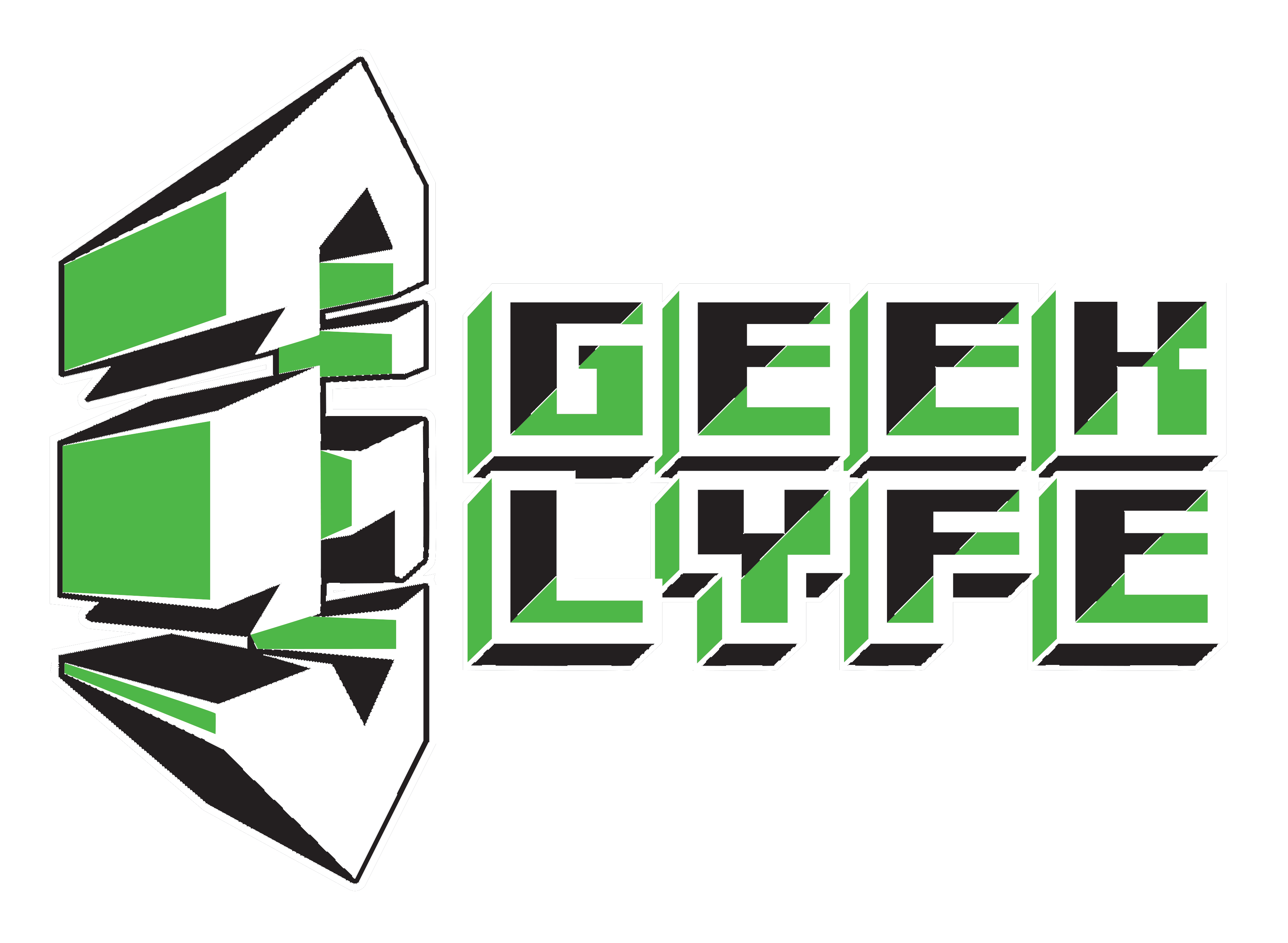
The app gaming market is by far the most competitive and profitable of all sub-sectors. Games account for more than a quarter of the over two million apps available for download from the Apple App Store. Furthermore, they make a considerable contribution to the global economy, promote innovation, and are employed in educational settings.
Even organizations that have had little connection with the gaming industry in the past are striving to enter this market. It is not enough to just deliver engaging video games; you must also develop methods to engage gamers, attract new clients, and pique their interest in future offers.
Here are the fundamental stages to developing a successful video game.
Conceptualize
Make a few game concepts so you can select what kind of game you want to develop. Review a range of genres and subgenres, get acquainted with what is now trendy in the media, and then write down any ideas for video games that come to you. After you’ve finished the initial round of brainstorming, consider the possible characteristics or gameplay methods of the games on your list, as well as the best ways to use DevOps by JFrog. Remove some of the ideas until you’re left with the one you think has the greatest potential.
Research
The game’s writers, illustrators, designers, developers, engineers, project directors, and leaders of other relevant departments meet here to work on the game’s scope and establish how each jigsaw puzzle piece goes together.
Characters, locations, user interfaces, control schemes, and other game elements are often prototyped here to explore how they appear, behave, and interact with one another.
This is the “let’s see what we’ve got” phase of development before going on to the production phase, which is the “meat and potatoes” of the process.
Produce
The production stage often necessitates the greatest amount of time, effort, and resources from its players. It is very uncommon for the production of a video game to take many months, if not years, as previously mentioned ideas are now brought to life.
These procedures are performed during the production phase:
- Setting up milestones and sprint schedules
- Creating and rendering character models
- Including realistic audio effects
- Developing audio for character voices
- Writing code
Test
Importantly, a video game that has not been thoroughly tested is not even close to being ready for an Alpha release.
Even those who test games come in a variety of forms and sizes. Some of them test the game’s stability by continuously wrecking it by hitting walls hundreds of times. Meanwhile, other play-testers assess the game’s “fun factor” to decide if it is too challenging, too easy, or just right.
The game should now be ready for an Alpha or Beta release after a seemingly infinite number of rounds of testing. This selection will be dependent on how polished the present gameplay features are. At this point, the players will get their first chance to physically engage with the game on the ground.
Finalize
Some game creators think that the latter 10% of your game will take 90% of the overall time, whereas the first 90% would take just 10% of the total time. Although this is an exaggeration, the essential premise remains the same. During this stage, you will test the game again, fix any faults that have been detected, add the final art style, and polish everything.
Launch
It’s getting close to the finish line. The bulk of work in the months preceding a game’s planned release date is spent clearing large backlogs of issues, some of which are long-standing while others were found during the testing period. For games with a significant number of issues, a development studio will structure the faults that need to be corrected into a hierarchy. In this hierarchy, “game-crashing” bugs will be at the top, while minor faults will be at the bottom.
Include Post-Production
Post-production refers to the stage of the game responsible for maintaining its performance. Launching the project and garnering an audience is not enough to ensure the game’s reliability. Developers must continue to fix the code, testers must review the fresh content, and designers must create a new look. Furthermore, you may continue to employ game development services to keep the game running.
However, in terms of how the game works, this level is only the beginning of the process of updating the material and your project. In general, this stage is the last one in the development process.
Chicano | Fighting/Writing for Diversity | DM since 08 | Anime Lover | Site: https://www.thegeeklyfe.com | info@thegeeklyfe.com | http://twitch.tv/that_deangelo | https://linktr.ee/deangelomurillo




